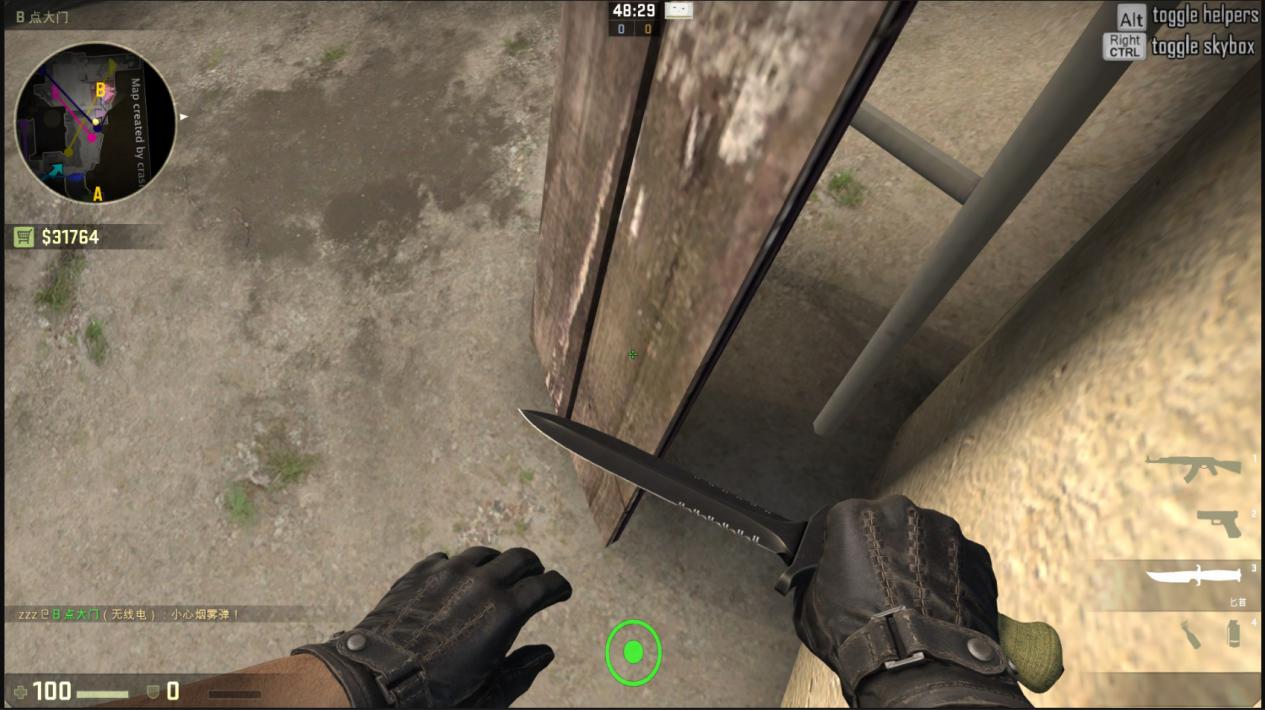

Concussion grenades: Creates an explosion with extreme concussive force.Shrapnel can penetrate soft barriers like wood, plaster, and tin, but not usually cinder blocks, sandbags, and armor. Usually considered lethal to non-armored targets at close ranges with rapidly decreasing effectiveness at longer ranges. Fragmentation grenades: Produces many small pieces of shrapnel upon detonation.Below are a few of the most common grenade types: X Research source

It's extremely important to be aware of the type of grenade you're throwing (and how it's used) before you throw it - if you use the wrong grenade, the results can be disastrous. Some are made for inflicting casualties on the enemy, others for merely stunning or subduing them non-lethally, and still others for inflicting damage on non-human targets. Hand grenades come in a huge variety of forms.

However, this can vary depending on the type of grenade you're using or, rarely, whether your fuse is defective. For many grenades, at this point, you'll have about four to five seconds before the grenade detonates. Without pressure from your hand to hold the safety lever in place, its spring will push it up and away from the grenade, allowing the striker to ignite the fuse.


 0 kommentar(er)
0 kommentar(er)
